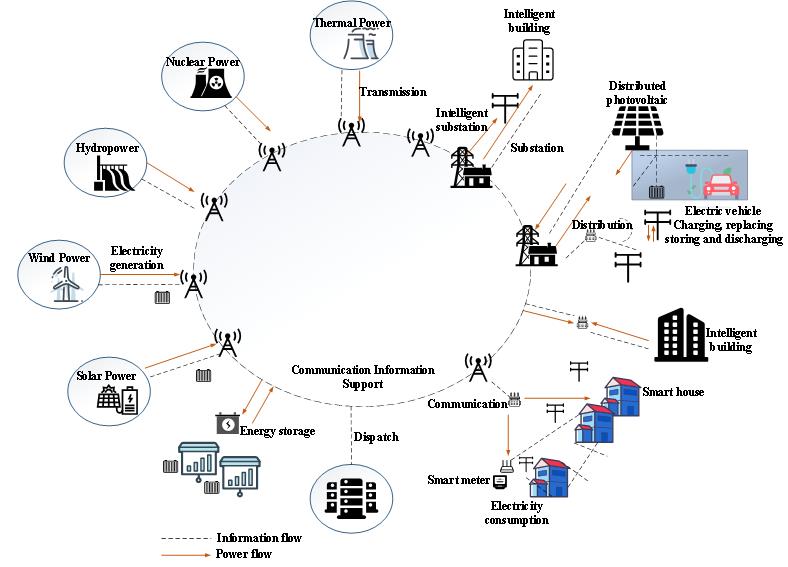Research Progress
The fundamental solution to achieve the "double carbon" goal is to transform the traditional energy consumption toward a low-carbon environment. Therefore, building a new type of power system with new energy sources can guarantee the low-carbon transformation of energy.
Large-scale clusters of electric vehicles (EVs) are an important reserve measure supporting the construction of new power system. Key technologies towards the reliable and economic operation require collaborative innovation across disciplines and fields.
Driven by the increasing needs, a joint research team led by Shanghai Advanced Research Institute of the Chinese Academy of Sciences and Nanjing University of Posts and Telecommunications proposed a novel multidisciplinary approach to support future power system towards global net-zero emission target.
The results were published in the latest issue of Renewable and Sustainable Energy Reviews.
This research group reconciled large-scale electric vehicle clusters into the power grid as a case study, and proposed the framework of interactions with physical flow, behavioral flow and information flow.
They first analyzed the physical characteristics of electric vehicle clusters providing power system reserve from the perspectives of performance characteristics, resource aggregation, scheduling strategies, and market mechanisms.
Then, the importance of social factors was emphasized and a hybrid simulation technology that integrates human participants and computer multi-agents was proposed, to solve the problem of heterogeneity in users’ decision-marking behavior.
In addition, the research group discussed the potential solutions regarding global communication coverage, frequency band interference and avoidance, communication security, and customized priority protection. Based on the perspective of the integration of public/private communication networks with Chinese characteristics, the researchers contrapuntally proposed grant-free transmission strategy, joint differentiated spectrum sensing & frequency hopping scheme, and implicit dimension labeling technique for the challenges above.
The research work provides technical support and feasible directions for multiple types of distributed reserve resources such as large scientific installations, office buildings, and industrial and agricultural production loads, which can enhance the flexible regulation capability of future power systems. It also introduces a feasibility guarantee that enables more distributed reserve resources for future power systems in various countries and regions.






